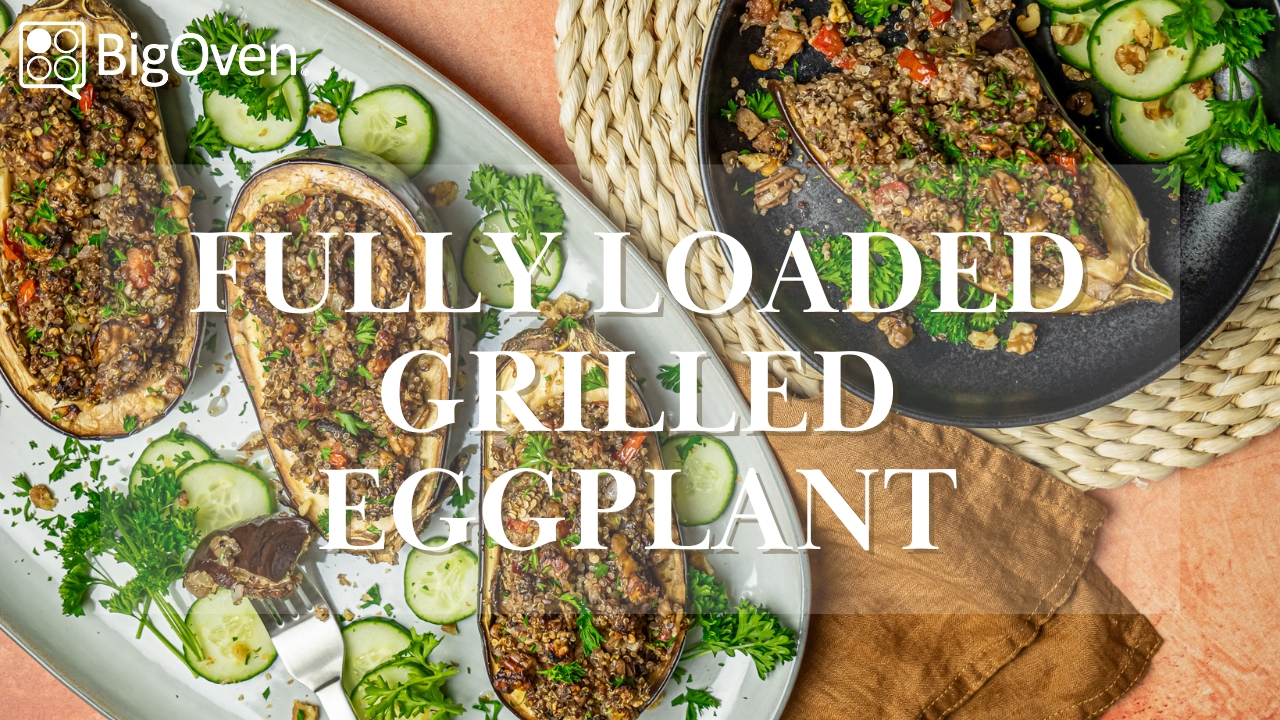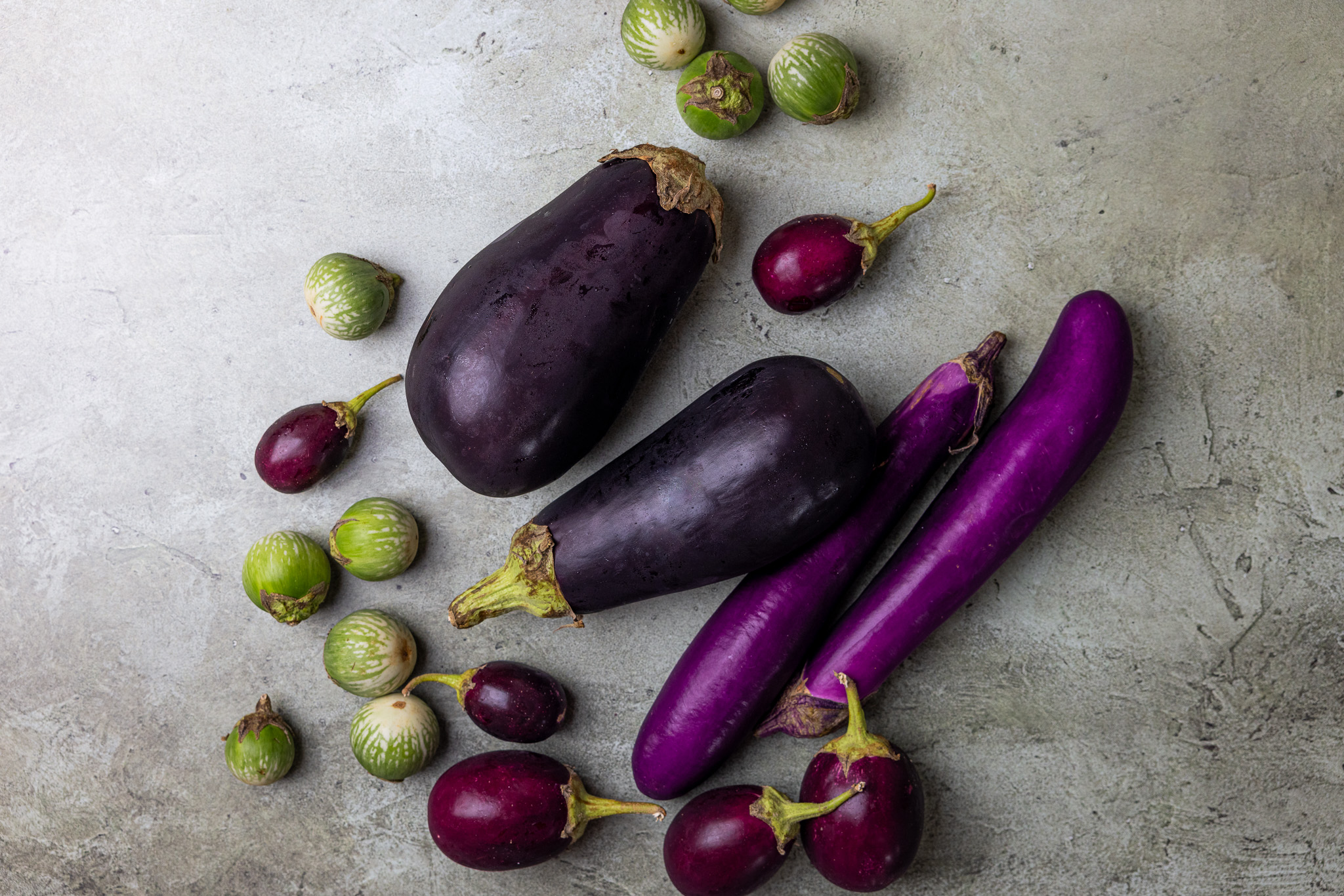 Beyond Purple Perfection: Exploring the Versatile World of Eggplants
Beyond Purple Perfection: Exploring the Versatile World of Eggplants
Eggplants, scientifically known as Solanum melongena and also known as aubergines, are captivating fruit with a rich culinary history. With their glossy, deep purple skin and unique shape, eggplants have become a staple ingredient in various cuisines around the world. Eggplants, often mistaken as vegetables, hold a botanical classification as berries and are a member of the nightshade family, which also includes the tomato, potato, and sweet peppers.
This versatile fruit brings a delightful combination of taste and texture to dishes, making it a favorite among chefs and home cooks alike. Whether roasted, grilled, sautéed, or baked, eggplants offer a myriad of possibilities for creating delicious and innovative recipes. Join us as we delve into the fascinating world of eggplants, uncovering their origins, diverse varieties, and culinary potential. Get ready to explore the possibilities that this versatile fruit has to offer and embark on a culinary adventure you never thought possible with the beautiful eggplant.
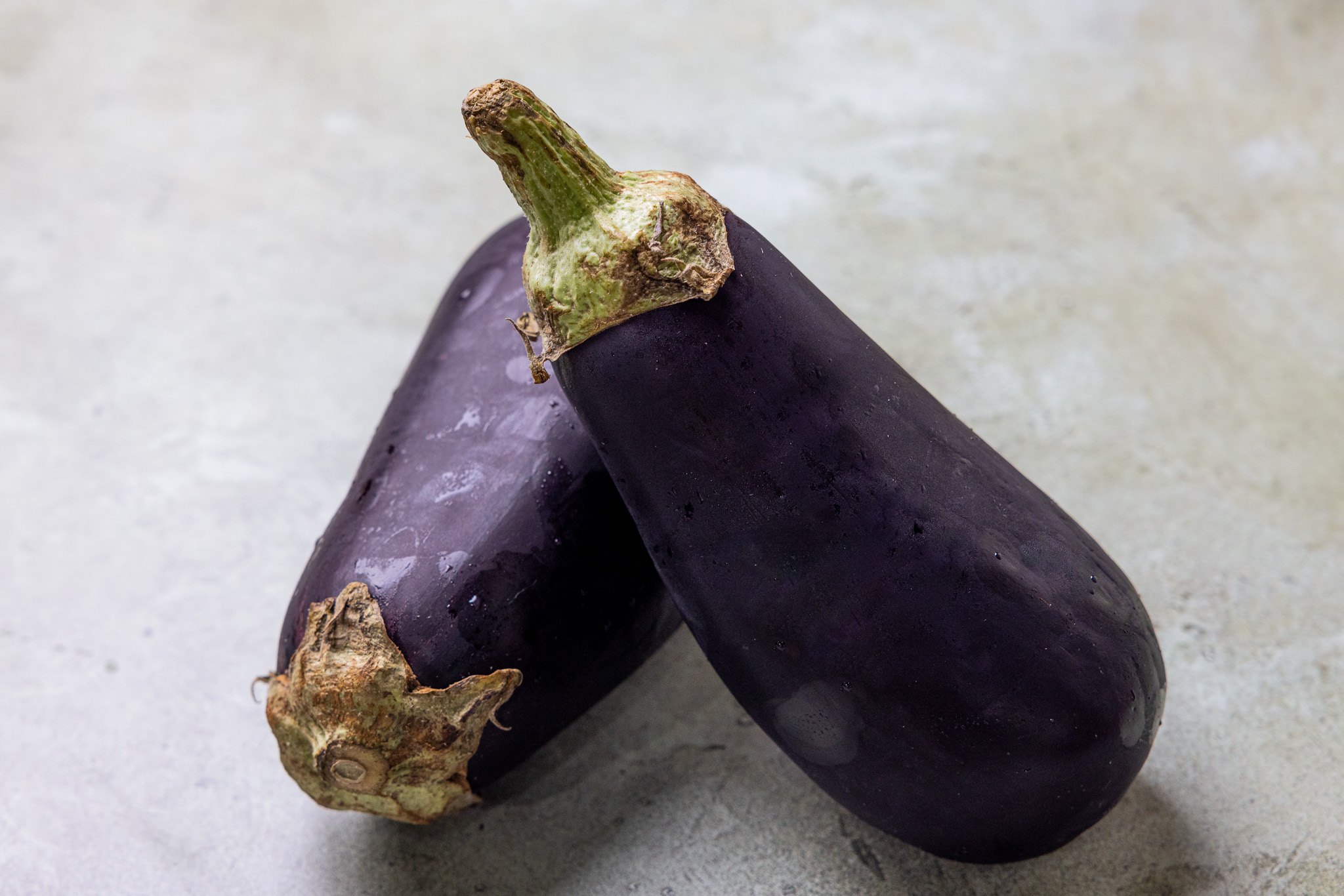
Origins
Eggplants are tropical plants thought to originate in Southeast Asia before being spread to Middle Eastern countries and then other warmer, more temperate climates. With the opening of trade routes about 1500 years ago, the Spaniards transported eggplants to the New World, resulting in the subsequent cultivation of purple and white eggplants in American gardens years later. At present, China takes the lead in eggplant production, closely followed by India, Egypt, Turkey, and Iran. In the United States, eggplant is not as much a staple in cuisine, but it is grown in warmer climates such as Florida, California, and New Jersey.
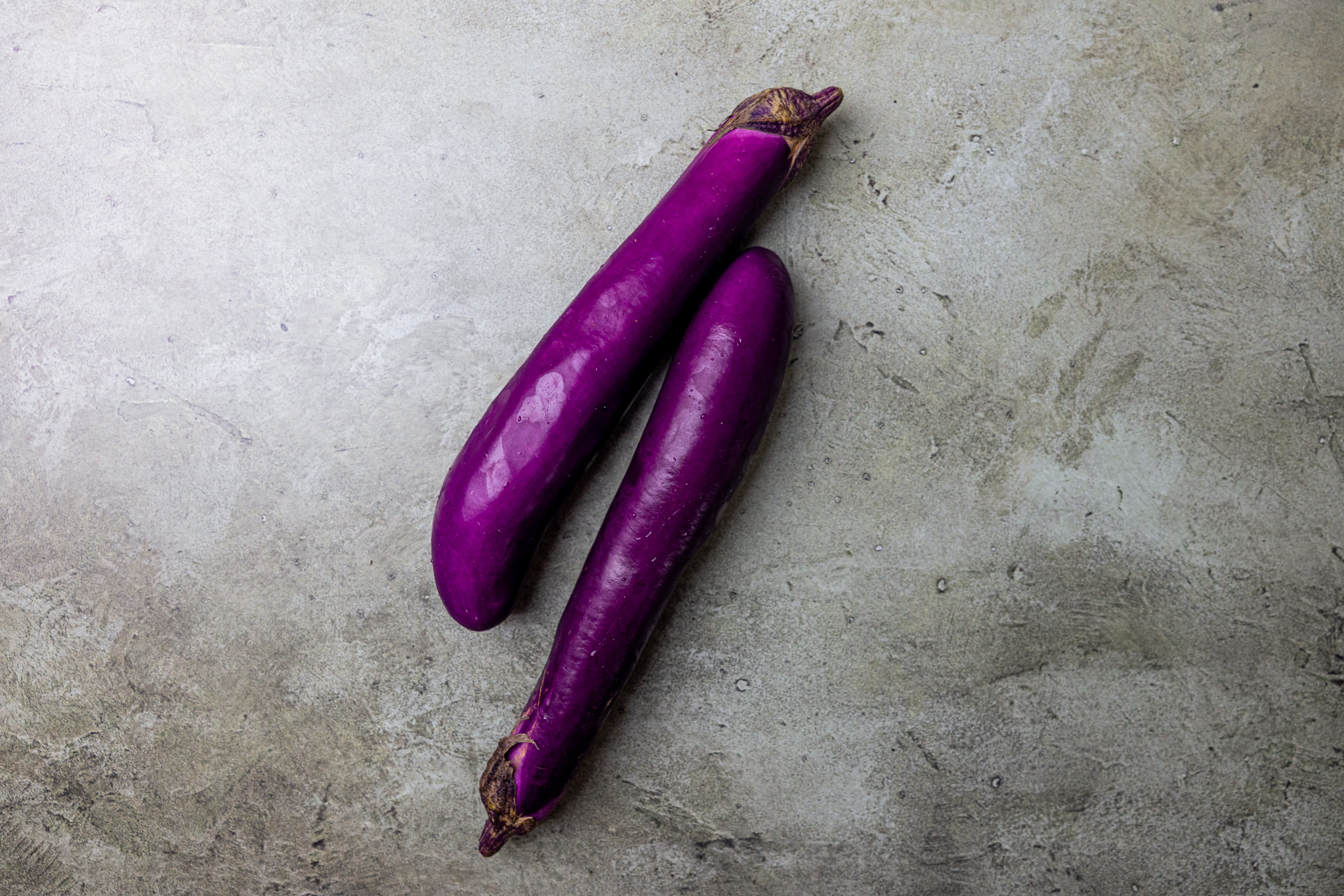
Varieties
While you might have come across the purple eggplant as the predominant variety at your nearby grocery store, it's essential to realize that the world of eggplants is far more diverse and flavorful. Numerous varieties of eggplant exist, each offering its own distinct characteristics. By familiarizing yourself with some of the most common varieties, you can select the perfect eggplant to elevate your dish and make the most of its potential.
- Classic or American Eggplant: This is the most widely recognized variety, featuring a large, oval-shaped fruit with smooth and shiny dark purple skin. It has creamy, mild-flavored flesh and is commonly used in many eggplant-based dishes like Eggplant Parmesan.
- Italian Eggplant: Similar to the classic variety, Italian eggplant has elongated, cylindrical fruit. It typically has a deeper shade of purple than the classic eggplant. The Italian eggplant is often used in Mediterranean and Italian cuisines, such as in Caponata or grilled eggplant dishes.
- Japanese Eggplant: This variety is slender and elongated with dark purple skin. Japanese eggplants have a delicate, sweet flavor and tender flesh. They are often used in Asian cuisines, stir-fries, and tempura dishes.
- Indian Eggplant: Also known as brinjal or baby eggplant, this variety is small in size, round, and usually green or purple. Indian eggplants come in a range of sizes and colors, depending on the specific cultivar. They are popular in Indian and Southeast Asian cuisines, where they are used in curries, stews, and pickles.
- Thai Eggplant: Thai eggplants are small and globe shape, similar to Indian eggplants. They are typically green or white and have a slightly bitter taste. These eggplants are commonly used in Thai curries, such as the famous Green Curry.
- White Eggplant: As the name suggests, this eggplant variety is characterized by its white or pale cream-colored skin. It has a milder flavor compared to the classic purple varieties and is often used in Mediterranean and Middle Eastern dishes.
- Graffiti Eggplant: This variety stands out due to its unique appearance. It is pear-shaped with vibrant purple and white streaks or patterns on the skin. Graffiti eggplants have a slightly sweet flavor and are ideal for grilling, roasting, or sautéing.
To ensure the quality of your eggplant, regardless of the type you select, it's important to examine them carefully. Look for eggplants that have smooth and shiny skin, without any blemishes, scars, discoloration, or bruising. Additionally, they should feel weighty in relation to their size. This thorough inspection will help you avoid selecting eggplants with damaged flesh inside.
Flavor Profiles
Eggplants have a unique flavor profile that can be described as mild, earthy, and slightly bitter. The flavor of eggplants can vary slightly depending on the variety and cooking method used, and also tend to absorb flavor quite well due to their spongy texture. When cooked, eggplant can have a creaminess that adds a wonderful texture and enhances the overall flavor of the dish.
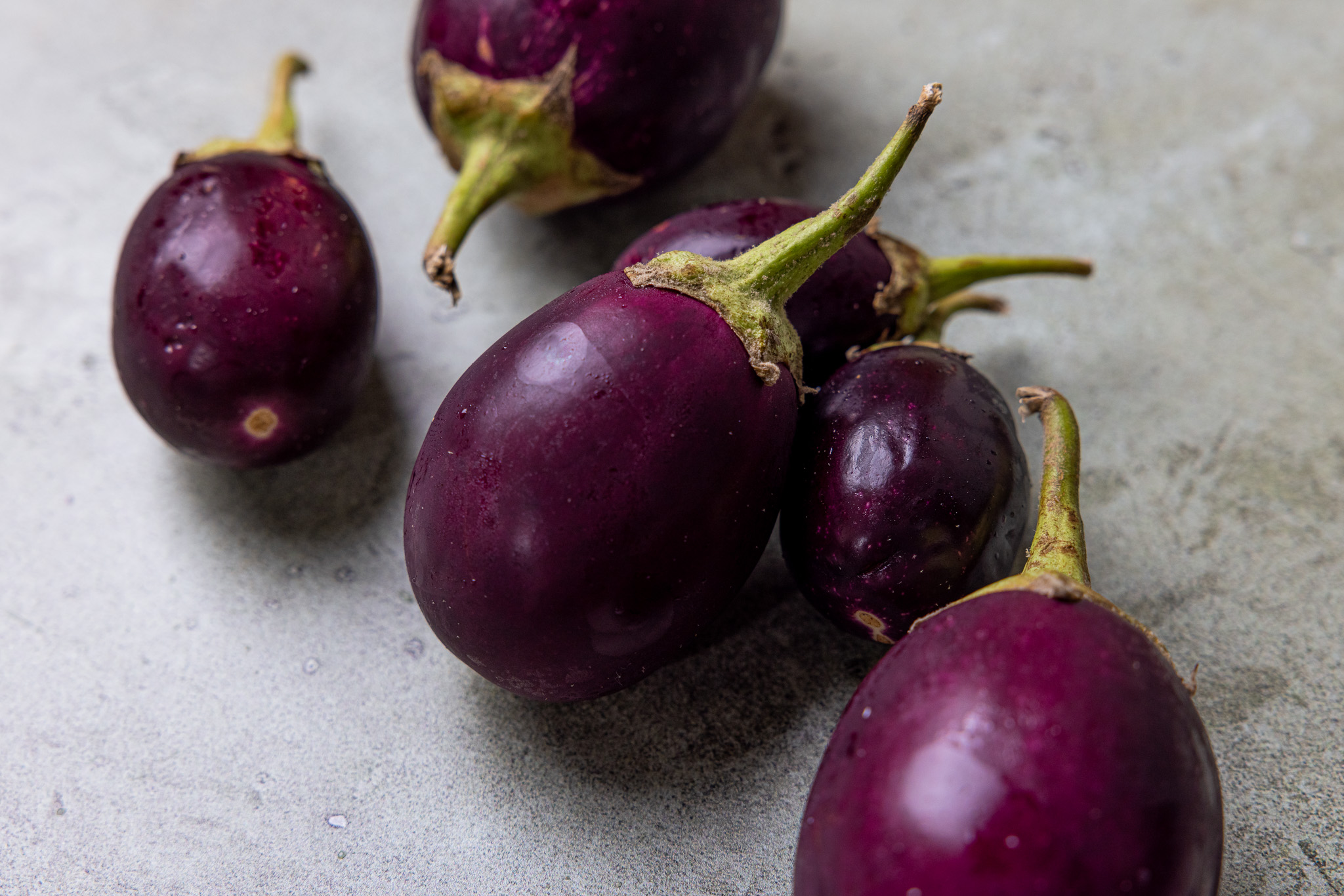
Seasonality
Eggplants thrive in warmer climates, and their peak season tends to be during the warmer summer months and into early fall, specifically July-September. In some regions, you may find them in the spring and early winter as well, but for the best flavor profiles and to avoid a bitter flavor it's best to purchase them during their peak season of July and August.
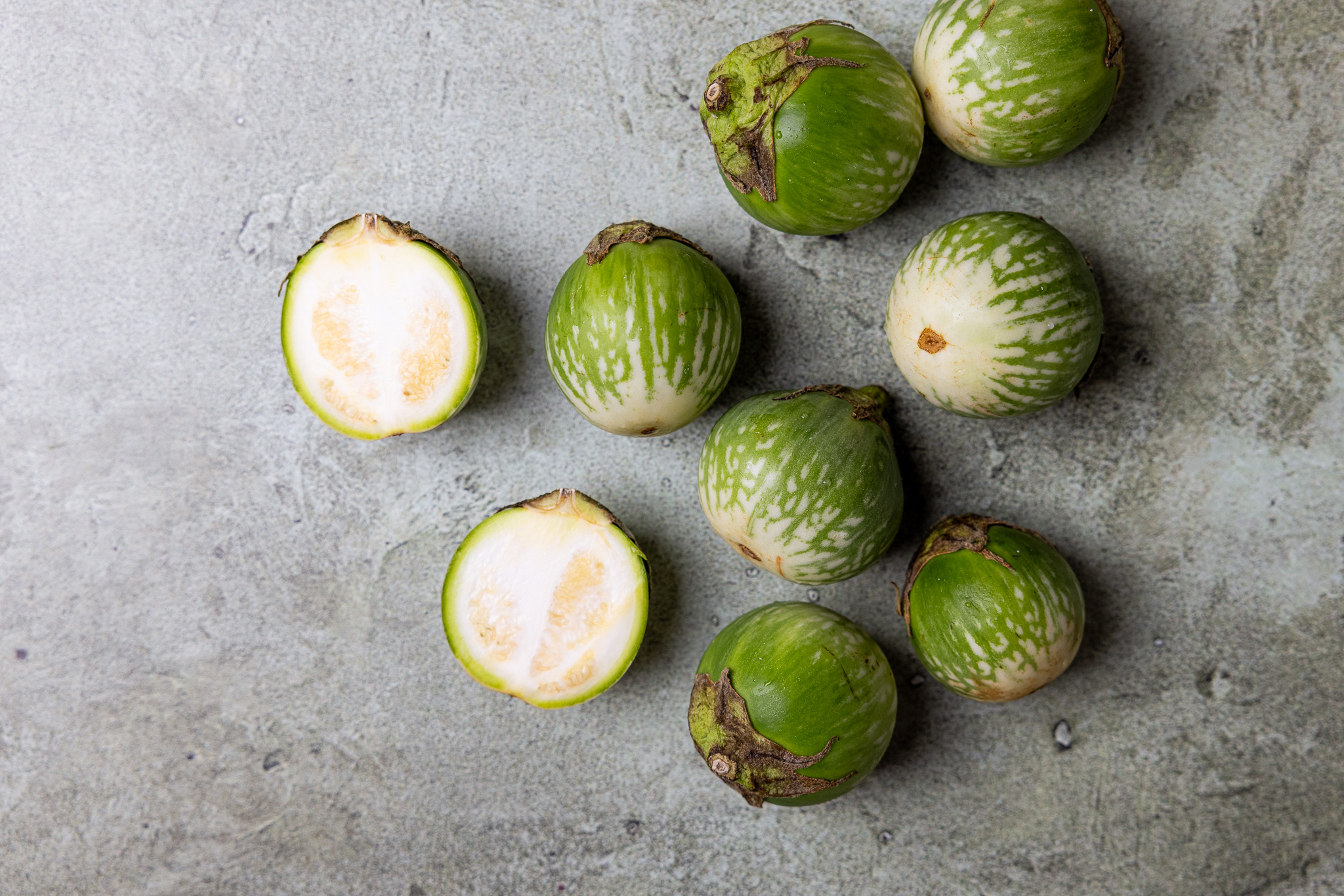
Uses
It used to be thought that raw eggplant was poisonous, but it actually just has a slightly bitter taste and spongy texture when consumed raw. You will, however, want to avoid eating the eggplant flowers or leaves that contain large amounts of solanine - the plant's natural pesticide.
When prepared, eggplant can add a good amount of bulk to a recipe which makes it a great addition to plant-based recipes. If you're new to preparing eggplant, have no fear; here are a couple of different ways to cut your eggplant for a recipe.
- Start by washing the eggplant under running water and patting it dry with a clean kitchen towel.
- Trim off the stem end of the eggplant using a long and sharp chef's knife.
- Decide on the desired shape for your eggplant slices or cubes. You can choose to cut it into rounds, half-moons, or cubes, depending on your recipe or preference.
- If you're cutting rounds or half-moons, lay the eggplant horizontally on a cutting board. Use a sharp knife to slice it crosswise into even-sized pieces. Aim for a thickness of around 1/4 to 1/2 inch (0.6 to 1.3 cm) for rounds or half-moons.
- If you prefer to cut the eggplant into cubes, start by slicing it lengthwise into long strips, approximately 1/4 to 1/2 inch (0.6 to 1.3 cm) thick. Then, stack the strips and cut them crosswise into cubes of your desired size.
- As you cut, apply even pressure to the knife and use a rocking motion to slice through the eggplant smoothly. Make sure to keep your fingernails down towards the cutting board to prevent being cut by the blade and work at a comfortable and controlled pace.
- If your recipe requires removing the skin, you can either peel the eggplant before cutting it or remove the skin from the individual slices or cubes using a knife or a peeler.

Preparation
Eggplant truly is a versatile fruit and can be used in numerous ways. Here are a few different preparation methods:
- Roasting and Grilling: Roasting or grilling eggplant brings out its rich, smoky flavors and creates a tender texture. Grilled or roasted eggplant slices can be served as a side dish, incorporated into sandwiches, or used as a base for dishes like Baba Ganoush.
- Baking and Stuffing: Eggplants can be hollowed out and stuffed with various fillings like rice, cheese, herbs, and vegetables. Stuffed eggplants are then baked until tender, creating a delicious and satisfying meal.
- Frying: Eggplant slices or cubes can be coated in batter or breadcrumbs and fried until golden and crispy. Fried eggplant is commonly used in dishes like Eggplant Parmesan or served as a standalone appetizer.
- Pureeing and Sauces: Cooked eggplant can be pureed into a smooth texture to create dips and sauces. Popular examples include Baba Ganoush, a Middle Eastern dip, or Caponata, a Sicilian eggplant relish.
- Stir-Fries and Curries: Eggplant works well in stir-fries and curries, absorbing flavors and adding a meaty texture. It pairs nicely with other vegetables, tofu, or meat in Asian and Mediterranean-inspired dishes.
- Pickling: Some varieties of eggplant, such as small Indian or Thai eggplants, are often pickled in vinegar or brine. Pickled eggplant is used as a tangy condiment or ingredient in various dishes.
- Casseroles and Gratin: Sliced eggplant can be layered with cheese, tomato sauce, and other vegetables to create delicious gratins or baked casseroles.

Storage
Since eggplant is a tropical fruit, it does better stored on the counter or in a cool, dry place rather than in colder temperatures like your refrigerator. They do not store well for long periods, so it's best to use them within a day or two of picking or purchasing from the market. Make sure to store them away from ethylene-producing fruits such as bananas, tomatoes, and apples.
Now that you know more than you could ever have hoped to learn about eggplants, it's time to get cooking! Check out our new Fully Loaded Grilled Eggplant recipe!
